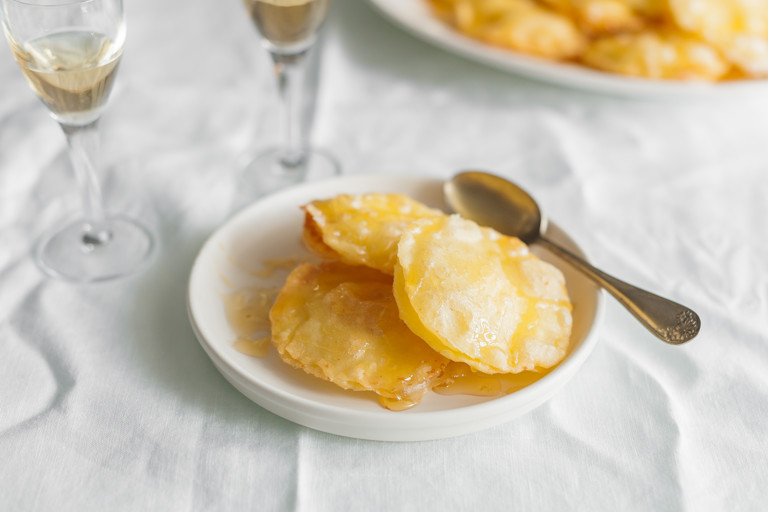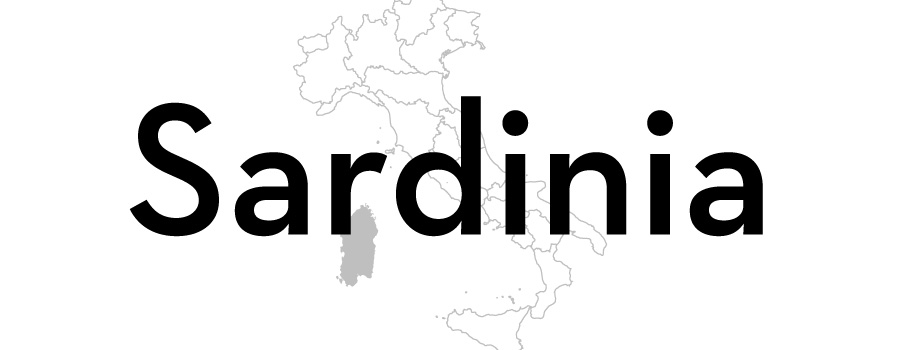Seadas
- medium
- Makes 12
- 30 minutes
This seadas recipe is true to Sardinian tradition, which sees a few simple ingredients turned into something delicious. The sweet little pastries are filled with pecorino and lemon zest before being deep-fried and drizzled with honey. Make sure you use the best ingredients you can get your hands on.
A unique dessert that feels quintessentially Sardinian, seadas (also known as sebadas) are one of the best-known dishes from the region. It’s a dish of humble origins hailing from the pastoral areas at the core of the region – areas in which sheep’s milk cheese and honey were widely available.
Walking the fine line between savoury and sweet, these ravioli-like pastries boast an lemon-scented cheese filling that melts and oozes when deep-fried, and a honey drizzle that balances out the flavour game while also adding a beautiful floral note to the ensemble.
The pastry is of the rustic type. It’s made with semolina flour and enriched with lard, resulting in a saturated, textured dough that is surprisingly easy to work with and that crisps up to perfection when deep-fried. That said, you can replace lard with olive oil if you like.
Young sheep’s milk cheese (primosale), of the kind that feels soft and giving to the touch and that tastes slightly tangy but not salty, is what makes the filling. If you can’t find it, opt for something similar in flavour and texture, even if it’s made with cow’s milk.
Finally, the honey. Corbezzolo honey is traditional and worth seeking out if you’re feeling adventurous; it has a peculiar – almost bittersweet – flavour that pairs beautifully with the cheese. Alternatively, chestnut honey is also traditional, but a tad sharp-tasting. If you prefer milder honeys, acacia is a good bet.
Ingredients
Metric
Imperial
For the pastry
- 250g of semolina flour, plus extra for dusting
- 35g of lard, at room temperature (or use olive oil if preferred)
- 125ml of warm water, or as needed
For the filling
- 250g of young Pecorino cheese, shredded
- 1 unwaxed lemon, zested
To serve
- sunflower oil, or olive oil, for frying
- honey, for drizzling (warmed)
Equipment
- 7cm round cutter
Method
Get in touch
Please sign in or register to send a comment to Great British Chefs.


